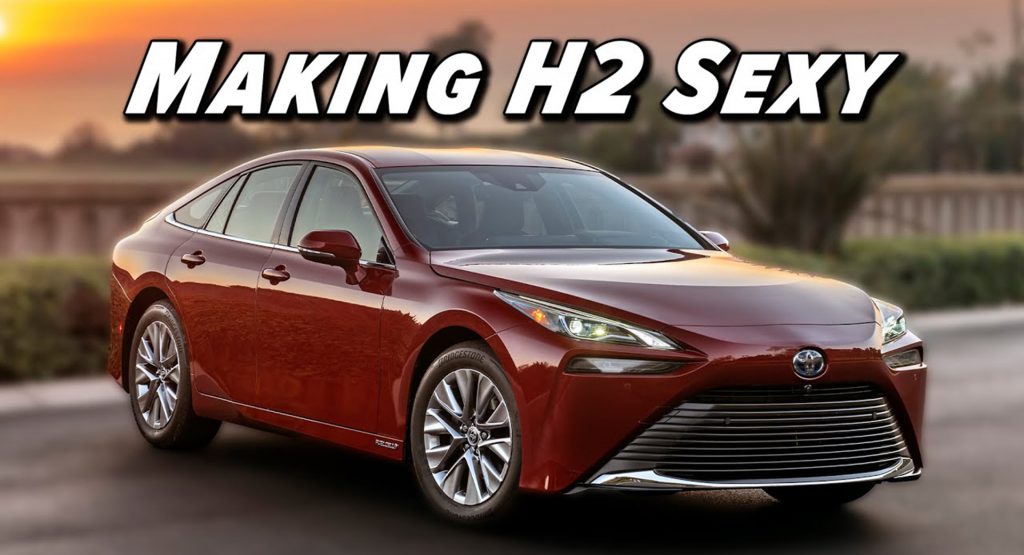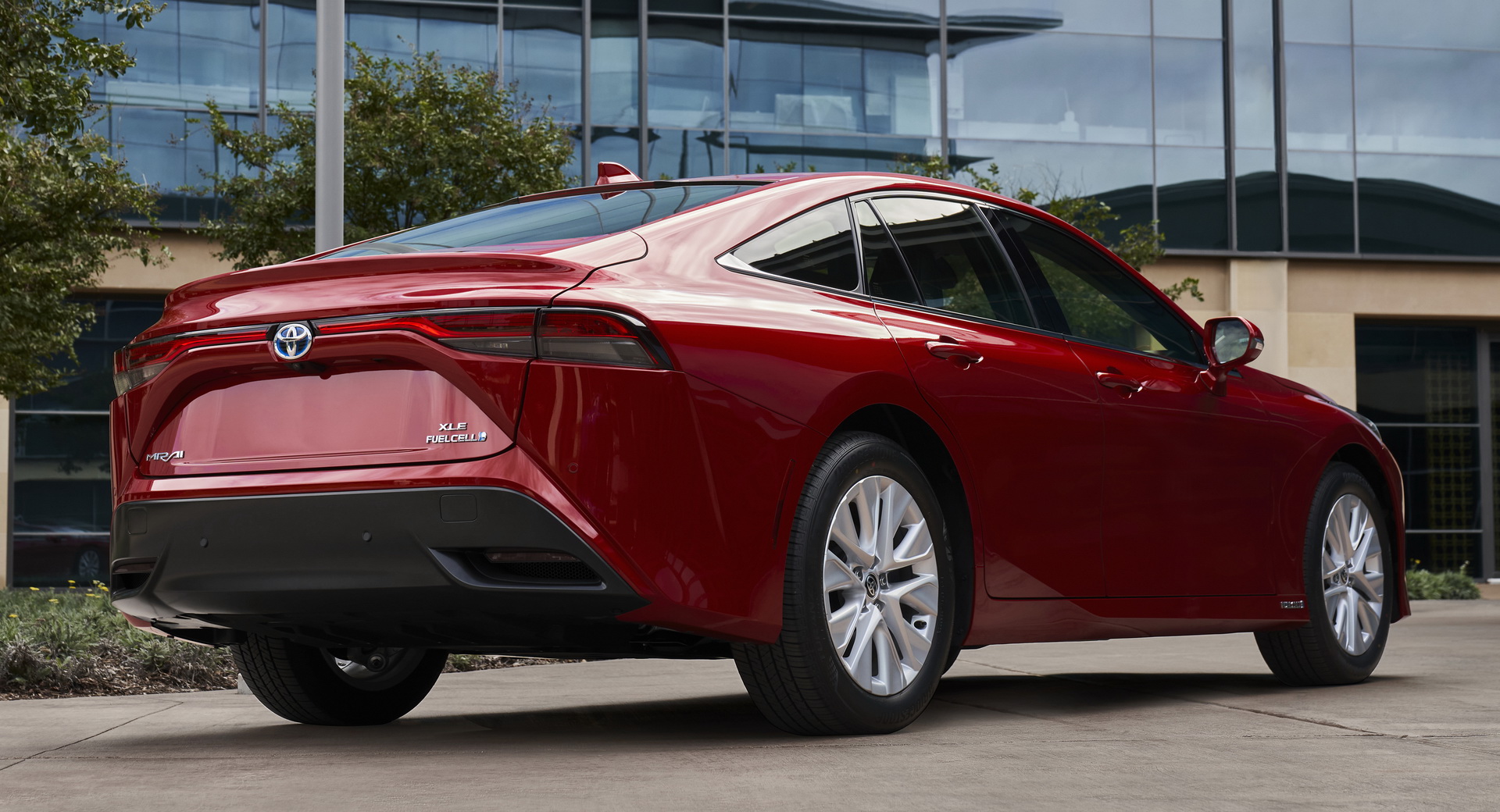Reviews on the new 2021 Toyota Mirai are starting to roll in, and most people have a lot of good things to say about it.
The original Mirai, which debuted back in 2015, was somewhat of a niche product, more of a proof of concept than anything else. Many people were put off by its lack of fueling infrastructure and expensive cost, if the unusual styling hadn’t gotten to them first. This left most wondering why they just wouldn’t buy a battery-electric vehicle (BEV) instead. That’s what Toyota aims to fix with the new Mirai, and from the looks of it, it seems to be working.
Read: 2021 Toyota Mirai FCV Revealed, Features Rear-Wheel Drive And 180 HP
The main complaints of the original Mirai, aside from the fueling concerns, mostly seemed to stem from the fact that it was not premium enough for its steep price tag. It appeared to have more in common with a Prius than an Lexus, despite the price being in the ballpark of the latter. Thankfully, the new Mirai, which is based on a shortened version version of the Lexus LS platform, is much more stylish and well appointed than its predecessor, as well as more spacious.
Another big selling point of the new Mirai comes in the form of it now being rear-wheel drive, and the only rear-wheel drive hydrogen vehicle for sale at that. Albeit a primarily functional change to better accommodate the fuel cells, it helps the Mirai further distance itself from the “overpriced economy car” reputation the first generation had taken on, as well as justifying its $49,500 base price.
Initial driving impressions seems to be positive. Despite the Mirai only having 182 hp (185 PS / 136 kW) and 221 lb-ft (309 Nm) of torque, it’s actually the most powerful hydrogen vehicle on sale today. The reviewer notes a similar driving experience to a lot of BEVs in the sense of its low-end torque, combined with the balanced handling characteristics of some gasoline-powered vehicles in the sense of its weight distribution.
It’s not going to do 0-60 faster than you can blink or set any lap times out on a track, but its certainly enough for motoring around town. And that’s exactly where this car shines. Its primary goal is to be a comfortable, eco-friendly cruiser that delivers all the environmental benefits of a BEV, while also solving the issues of range anxiety and long refueling times (with up to 402 miles of range, and a similar refueling time to gasoline). And at that, at least in reviewers’ eyes, it seems to succeed.
See: 2021 Toyota Mirai Starts At $49,500 And Offers Up To 402 Miles Of Range
The biggest weakness/limitation of the Mirai is its accessibility. Should you want to purchase one, at least in the United States, you can only do so in only two out of 50 states (California, and Hawaii, and only in Oahu), and even then, the fueling networks in those areas is paltry, even more so than a lot of electric charging stations. However, as mentioned before, if you do have access to fueling, it shouldn’t be too much of an issue given the Mirai’s range.










